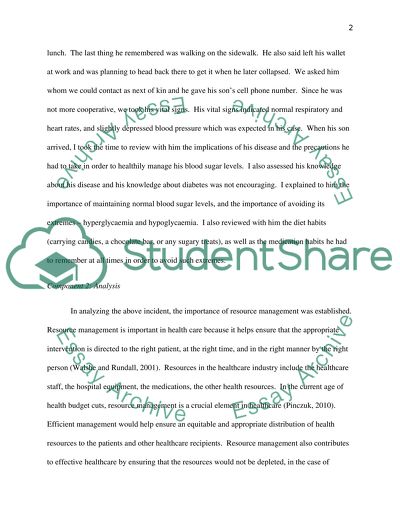Cite this document
(“Critical Incident Essay Example | Topics and Well Written Essays - 2500 words”, n.d.)
Retrieved from https://studentshare.org/health-sciences-medicine/1393074-critical-incident
Retrieved from https://studentshare.org/health-sciences-medicine/1393074-critical-incident
(Critical Incident Essay Example | Topics and Well Written Essays - 2500 Words)
https://studentshare.org/health-sciences-medicine/1393074-critical-incident.
https://studentshare.org/health-sciences-medicine/1393074-critical-incident.
“Critical Incident Essay Example | Topics and Well Written Essays - 2500 Words”, n.d. https://studentshare.org/health-sciences-medicine/1393074-critical-incident.


